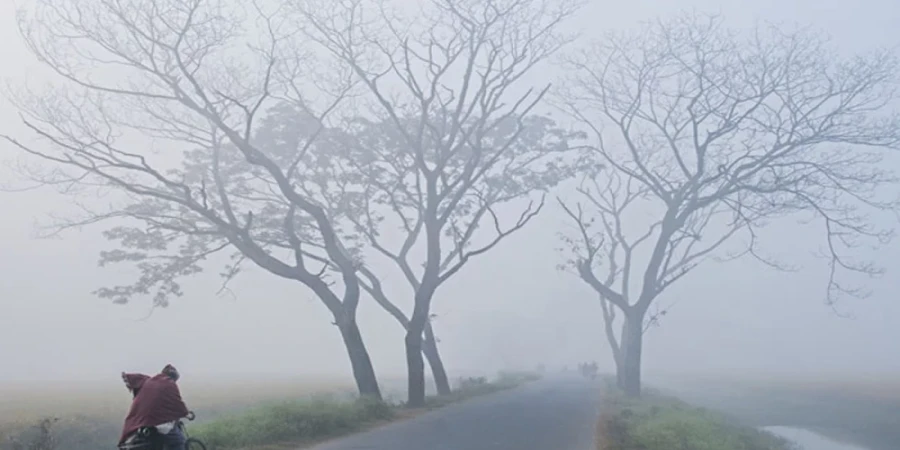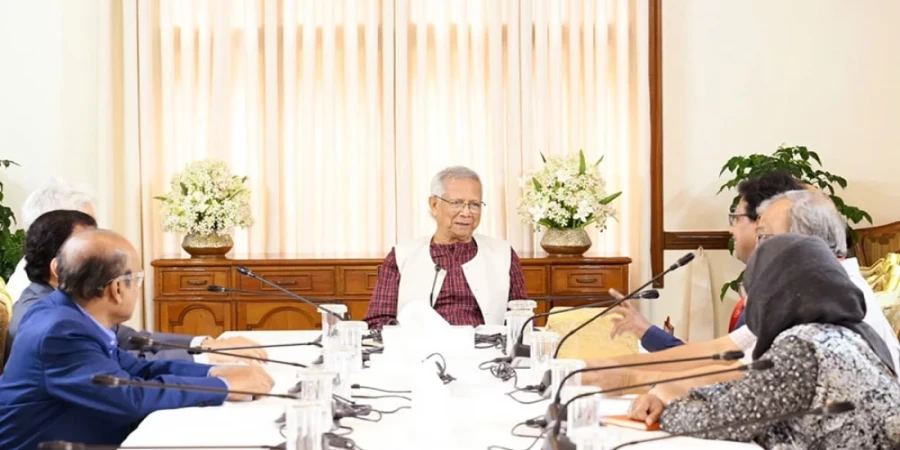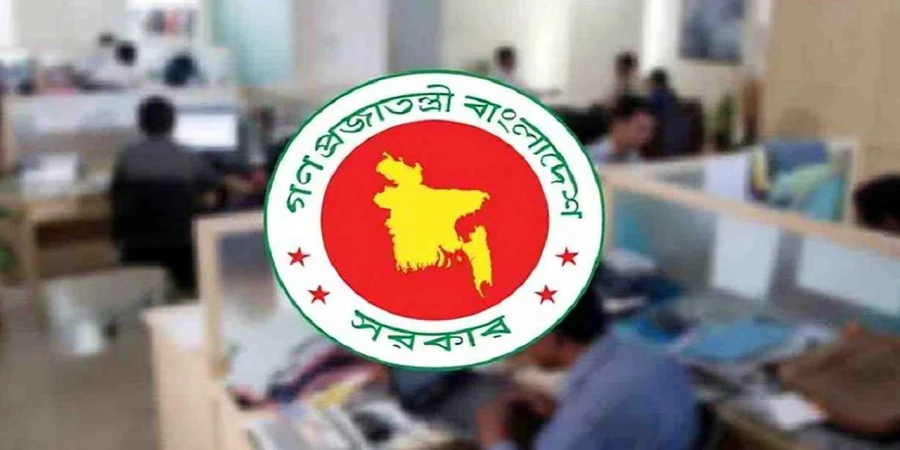
ছবি: ছবি: সংগৃহীত
According to meteorologists, the temperature in Bangladesh will continue to gradually decrease after mid-December, potentially leading to a cold wave. However, it is expected that the current month will experience only a mild cold wave. More intense cold waves, including moderate or severe conditions, may be seen in the coming months, particularly in January.
Recent data shows that on December 5, the lowest temperature recorded in the country was 11.8°C in Dinajpur. Earlier, on November 22, the lowest temperature of the season was recorded at 14.3°C in Panchagarh. Based on climate data, the average lowest temperature for December is expected to be around 14.2°C.
Shahinul Islam, a forecasting official at the Bangladesh Meteorological Department, shared with Desh Rupantor that the temperature is expected to gradually decrease over the next three days. However, he reassured that the lowest temperature in the country is unlikely to fall below 10°C. After December 10, the temperature may rise again, and warmer conditions may persist for a few days. However, as mid-December approaches, temperatures are expected to drop further, potentially resulting in mild cold waves in certain parts of the country.
When asked whether a moderate cold wave would occur in December, Dr. Abul Kalam Mallik, a climate expert with 18 years of experience in the field, explained that the lowest temperatures in December typically fluctuate between 10°C and 16°C. It is unlikely that temperatures will fall significantly below this range. However, in colder regions of the country, such as the northern, north-western, western-central, and south-western areas, temperatures may drop to between 8°C and 10°C. On the other hand, coastal areas could experience minimum temperatures ranging from 12°C to 18°C.
Bajlur Rashid, a meteorologist who authored a research paper titled Changes in the Climate of Bangladesh based on 43 years of climate data, mentioned that while mild cold waves may occur in December, the intensity of winter is expected to increase in January. He also noted that fog would become more prevalent during this period. Prolonged foggy conditions will lead to a fog cover in the atmosphere, preventing sunlight from reaching the surface and thus intensifying the sensation of cold, even if the actual temperature does not decrease. Last January, this phenomenon lasted for 18 consecutive days, significantly affecting the perceived temperature.
Regarding the fog, Dr. Samarendra Karmakar, former director of the Bangladesh Meteorological Department, explained that due to the country’s proximity to the Bay of Bengal, the atmosphere tends to be humid, and fog often forms. Additionally, a fog layer stretches from northern India’s Uttar Pradesh and Madhya Pradesh to Delhi, which extends into Bangladesh. This fog layer, which impedes sunlight, causes the ground temperature to remain stable even when the air temperature might be lower. As a result, people experience a stronger sensation of cold, despite the lack of a significant drop in actual temperatures.
Dr. Mohan Kumar Das, Executive Director of the National Oceanographic and Maritime Institute (NOAMI), elaborated on how fog influences temperature perception. He explained that fog prevents heat from radiating from the Earth's surface, so temperatures remain unchanged. Simultaneously, the lack of sunlight makes it feel colder than it actually is.
Typically, fog layers exist between 2,500 to 3,500 feet above the surface. This fog cover not only affects temperature but also impacts airport operations, as it can obstruct visibility and disrupt flight schedules.
Regarding cold waves, a temperature range of 8°C to 10°C indicates a mild cold wave. If temperatures drop to 6°C to 7.9°C, it is classified as a moderate cold wave, and a temperature range between 4°C and 5.9°C is considered a severe cold wave. In Bangladesh, the winter season generally spans from December to February, with January being the coldest month. During this time, the country experiences its lowest temperatures, as cold winds typically blow from the north-east and north-west.
As the winter season progresses, temperatures will continue to fluctuate, but the true severity of the cold, especially in terms of public perception, will be influenced more by the presence of fog and prolonged periods of cloud cover. As such, while the thermometer might not show extreme drops in temperature, the discomfort felt by the population may be heightened, particularly in regions affected by dense fog. The country's authorities are expected to monitor the situation closely as the winter deepens, especially in light of potential disruptions to daily life caused by persistent cold waves and fog.
repoter






